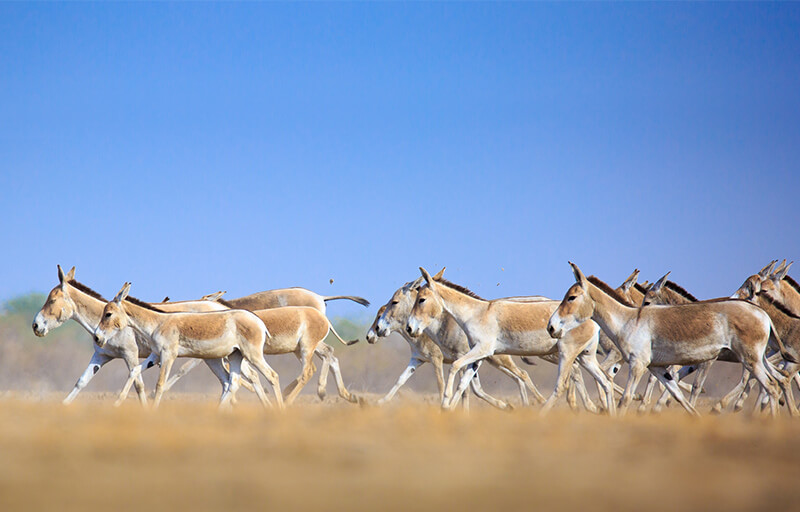The Bengal tiger ranks among the biggest wild cats alive today. It is considered to belong to the world’s charismatic megafauna. It is the national animal of both India and Bangladesh.
Species Based Expeditions
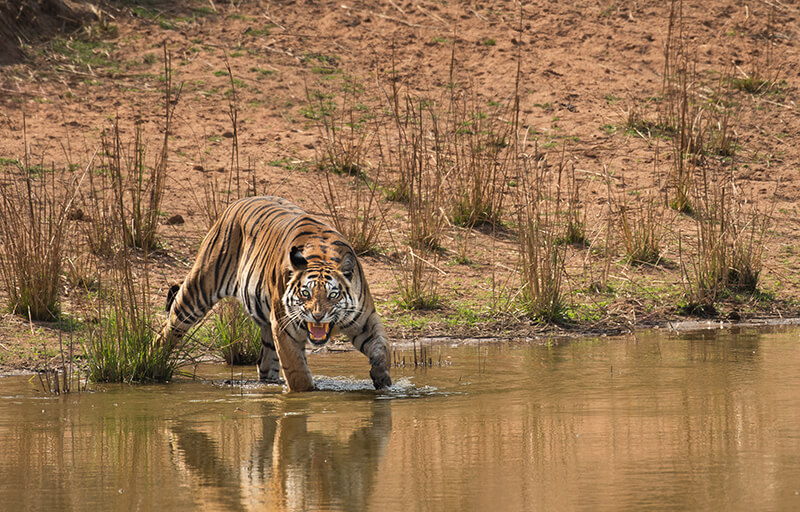
Royal Bengal Tigers
There are very few wild tigers left in their natural habitat. India holds the highest number of wild tigers in the world.
We cater services to our clients in all the parks which are considered as the world’s finest place to observe tigers in the wild. Especially in Northern, Central and Southern India like Ranthambore, Bandhavgarh, Tadoba, Jim Corbett, Pench, Panna and many more National Parks.
Asiatic Lions
Asiatic lions were once distributed up to the state of West Bengal in the east and Rewa in Madhya Pradesh, in central India. At present, Gir National Park and Wildlife Sanctuary is the only abode of the Asiatic lion.
The last surviving population of the Asiatic lions is a compact tract of dry deciduous forest and open grassy scrublands in the southwestern part of the Saurashtra region of Gujarat in India.
There are only several hundred Asiatic lions in the wild, and they only live in the Gir Forest, India.
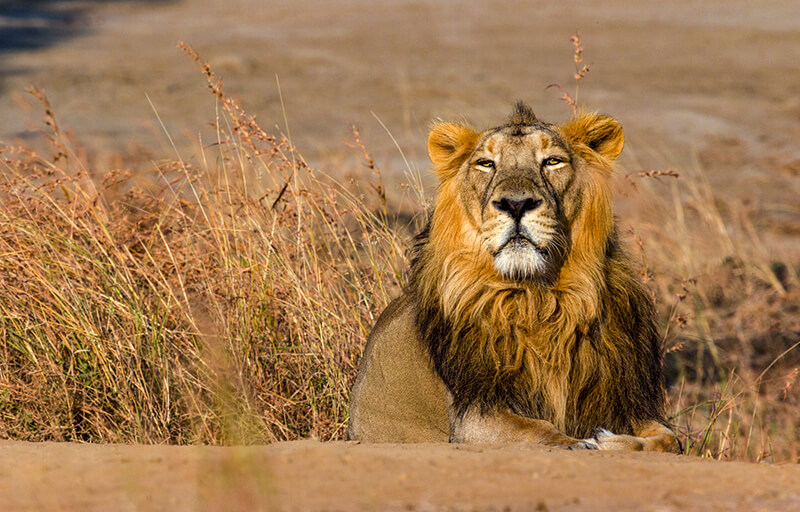
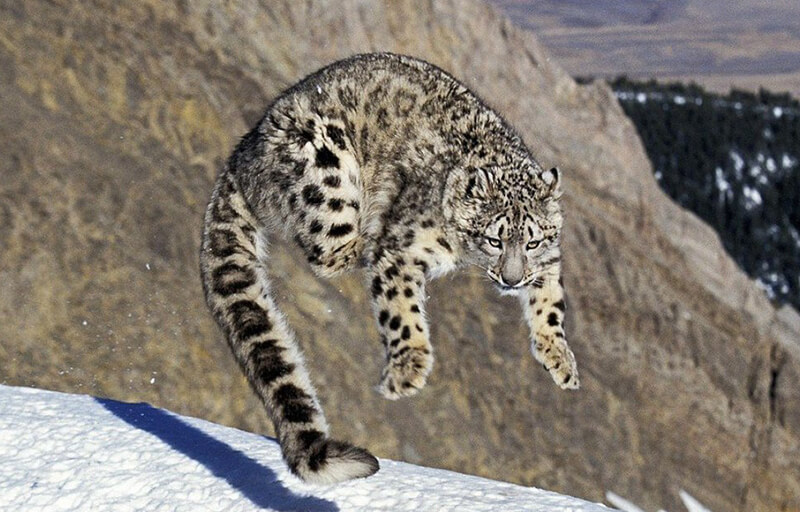
Snow Leopards
The strikingly beautiful snow leopard remains one of the most mysterious cats in the world. This roving, high altitude cat is rarely sighted and because it is so elusive, accurate population numbers are hard to come by.
In India, their geographical range encompasses a large part of the western Himalayas including the states of Jammu and Kashmir, Himachal Pradesh, Uttarakhand and Sikkim and Arunachal Pradesh in the eastern Himalayas.
Hemis National Park is a high altitude national park in Ladakh, India. Globally famous for its snow leopards, it is believed to have the highest density of them in any protected area in the world.
Indian Leopards
In India, the leopard is found in all forest types, from tropical rainforests to temperate deciduous and alpine coniferous forests. It is also found in dry scrubs and grasslands, the only exception being desert and the mangroves of Sundarbans.
In most of the National Parks our clients visit, there are chances of spotting this highly adaptable cat.

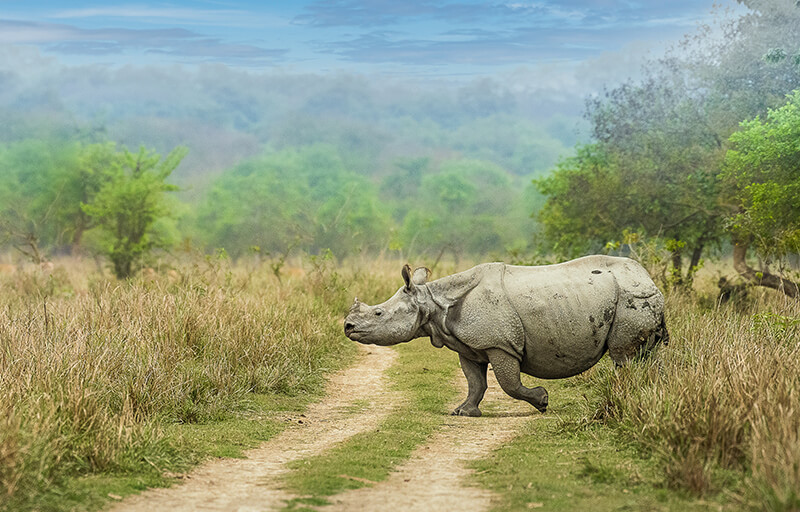
Indian Rhino
The preferred habitat of an Indian rhinoceros is alluvial flood plains and areas containing tall grasslands along the foothills of the Himalayas. Formerly, extensively distributed in the Gangetic plains, today the species is restricted to small habitats in Indo-Nepal terai and northern West Bengal and Assam.
Being the fourth largest land animal it is also known as Greater One-Horned Rhino.
SafariCrafter facilitates hassle–free travel experiences to see such old world animals in India.
Red Panda
The red panda is a small arboreal mammal found in the forests of India, Nepal, Bhutan and the northern mountains of Myanmar and southern China. It thrives best at 2,200-4,800m in mixed deciduous and conifer forests with dense understories of bamboo.
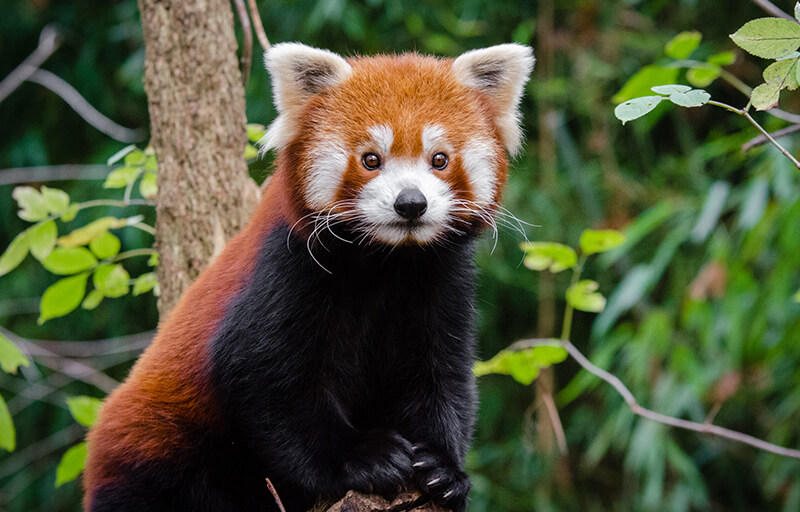

Lion Tailed Macaque
Primarily arboreal, the beautiful lion-tailed macaque, also known as the wanderoo, thrives in the upper canopy of tropical evergreen rainforests and monsoon forests, at a wide range of elevations, from 330 to 6,000 ft (100–1,850 m).
Travel with us to be around these magnificent creatures.
Asiatic Wild Ass
The Indian wild ass is one of five subspecies of the Onager wild ass, native to Asia. It is a striking animal, with a chestnut coat, pale cream–coloured underside and legs, and a short, cropped mane. They are also adapted to feed on saline vegetation like the morud (Suaeda fruticosa), a small succulent that grows freely in this habitat.
This allows the wild ass to thrive in an ecosystem where not too many other large herbivores can.
